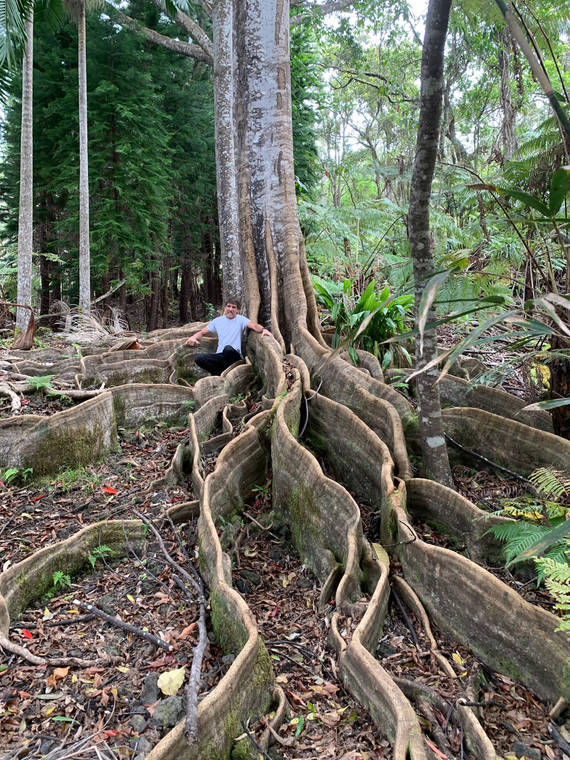“Weed” is a four-letter word much like other four-letter words that we should be careful not to use.
A weed can be defined as any plant growing in the wrong place. Perhaps an even better definition is “a weed is a plant for which we haven’t found value.”
Perhaps a better word to describe what we call weeds would be “pioneer species,” trying to heal the wounds created by man or natural events such as lava flows and hurricanes.
What we call weeds in lawns are usually the result of poor management. Lawns injured by insects, fungus or nematodes will readily become infested with pioneer species.
When it comes to turf, high quality cuttings or seed, proper establishment is important. Soil that is not infested with unwanted perennial plants such as Wainaku grass or nut sedge is also a basis for preventing problems in a new lawn. After that, proper management practices that result in a dense, vigorous turf will aid in preventing problems.
Once those unwanted pioneers get established in lawns, it is difficult to get control. If you ultimately decide you must use an herbicide, product availability is changing so fast with pesticide concerns that it is difficult to make general recommendations.
Check with your local garden shop or call the Master Gardener Helpline for specific problems.
Just like the three “R’s” of learning, we find some very important “R’s” related to the application of herbicides. These “R’s” are to the RIGHT material at the RIGHT time in the RIGHT amount, applied in the RIGHT way.
Understanding all the instructions of an herbicide label to be sure it will control your specific problem without injuring your plants is as vital as using the right amounts. Safety margins might be smaller than you think.
To apply pesticides in the right way, choose equipment that will give proper coverage. Spray jars that attach to your garden hose are good where you need to apply nutritional sprays, fungicides or insecticides to the lawn. However, with herbicides, it’s a better idea to use a small 2- to 3-gallon tank sprayer.
If you end up having to pull unwanted species by hand, smile. Let’s take a positive approach to “weeds.”
Plants we often consider as weeds are usually types that appear wherever we disturbed the soil. They grow rapidly and often compete with more desirable species. They mature large quantities of seed, and they are often difficult to control.
The characteristics and definitions of weeds emphasize they are plants closely related to man. They come and go as man disturbs the soil. Just as man traveled and dominated the land, so have these species benefited from his activities.
Did you know many of those seemingly pesky species are actually edible or medicinal?
For example, one of our most common weeds is the Spanish needle (Bidens pilosa). The young shoots can be boiled and used as a vegetable dish or cooked in salads or stews. The leaves can also be dried and cooked later. We have an endemic species as well that Hawaiians have used as a medicinal tea for generations.
Many grasses are edible, especially the rapidly growing sprout or shoot of larger growing types. Bamboo is an example.
The common purslane or portulaca has leaves and tender shoots that can be eaten raw. They are often used in salads or cooked as a spinach dish.
There are more than 100 edible plants referred to as weeds. If you are interested in these and other useful plants, check at your local library or do an internet search for “Edible Leaves of the Tropics” by Franklin Martin and Ruth M. Ruberte.
And don’t forget, it’s better we call these plants the kinder more neutral term of “pioneer species.” That way we can contemplate the concept that everything — and perhaps everyone — has value.






